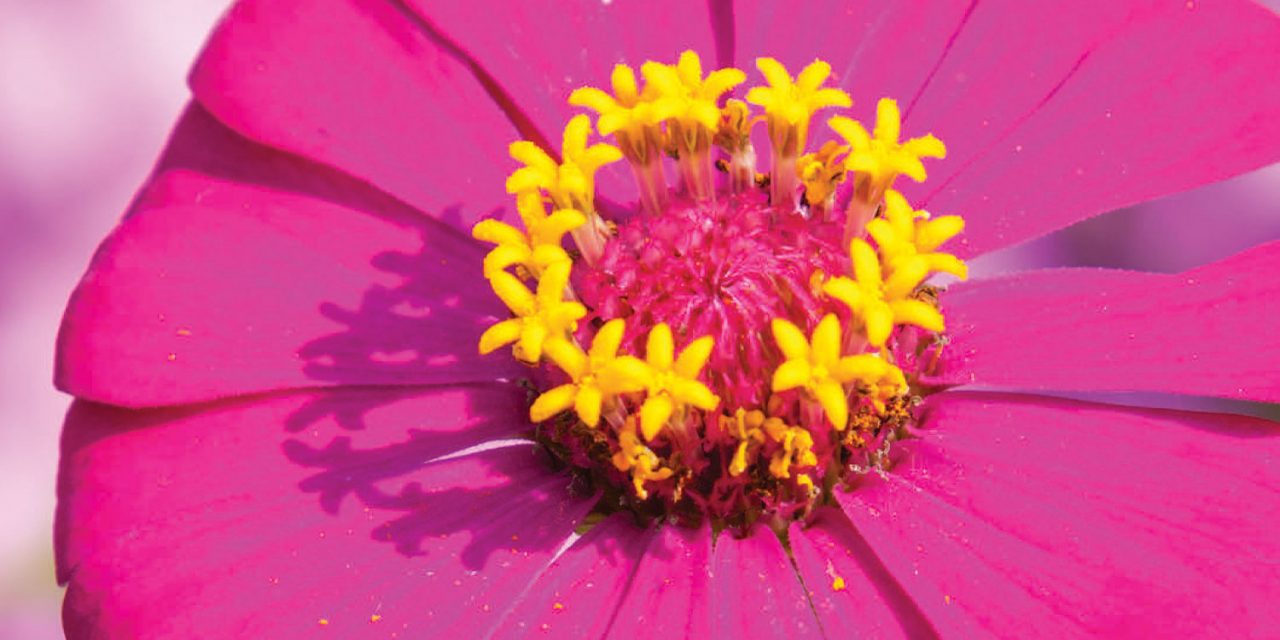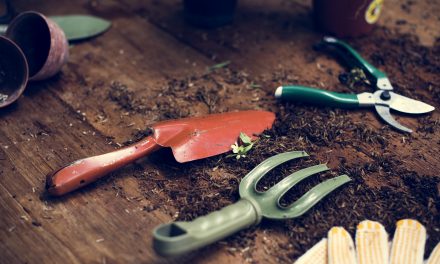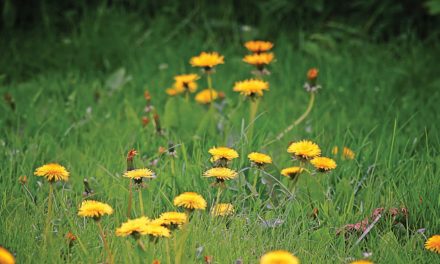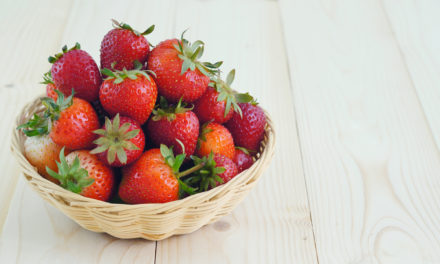“A garden is a grand teacher. It teaches patience and careful watchfulness; it teaches industry and thrift; above all it teaches entire trust.” – Gertrude Jekyll
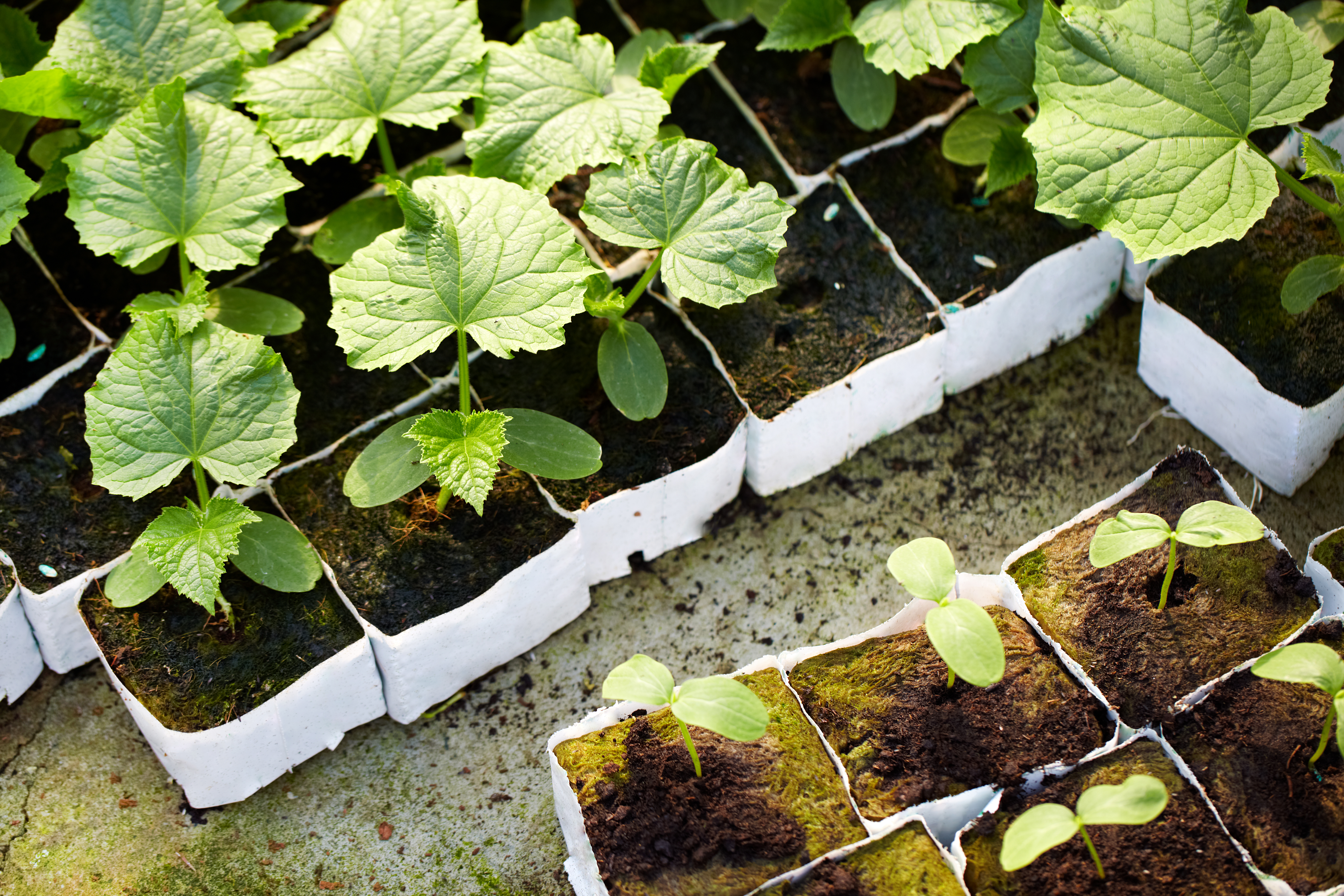
Seedlings
Seedlings, young plants that develop from a seed, form an integral part of gardening and offer a quick route to achieving a colourful garden. Nutrition is the key to success with seedlings. They’re typically sold in packs of four, six or nine plants of the same species or variety. Mixed trays, containing a selection of different-coloured plants of the same variety, are also popular.
Seedlings are commonly associated with annuals (plants that grow for one season). However, the availability of perennials (plants that grow for several years) in seedling trays is a trend that’s growing steadily in the gardening industry. As with all garden plantings, successful plant growth is dependent on where and how the seedlings are planted.

Tips to get started
- Prepare garden beds well by digging over the soil to a depth of 15 cm and removing stones. Enrich the soil by adding compost and fertiliser. Incorporate approximately a handful of Wonder Superphosphate + C (8) Bio-Carbon Boost Granules or the organic alternative, Wonder Organic Bonemeal, for each tray of seedlings. It’s also recommended that you make the soil water-wise by incorporating Stockosorb, which contains water retaining polymers.
- Water well after planting. To conserve moisture loss and suppress weeds, add a layer of mulch (bark chips, pine needles, shredded leaves or peat moss).
- Boost overall plant and flower growth with monthly feeding. The following are granular fertilisers for use on seedlings: Wonder 3:1:5 (26) SR Wonder Vitaliser Rose & Flower 8:1:5 (17) SR* Wonder Organic Granular Fertiliser Vita-Boost + C (8)
- Water regularly Deep, infrequent watering is generally better than frequent, light watering, as the former encourages deep root growth.
- To encourage and promote flowering, ‘dead-head’ or ‘pinch out’ the spent flowers regularly.
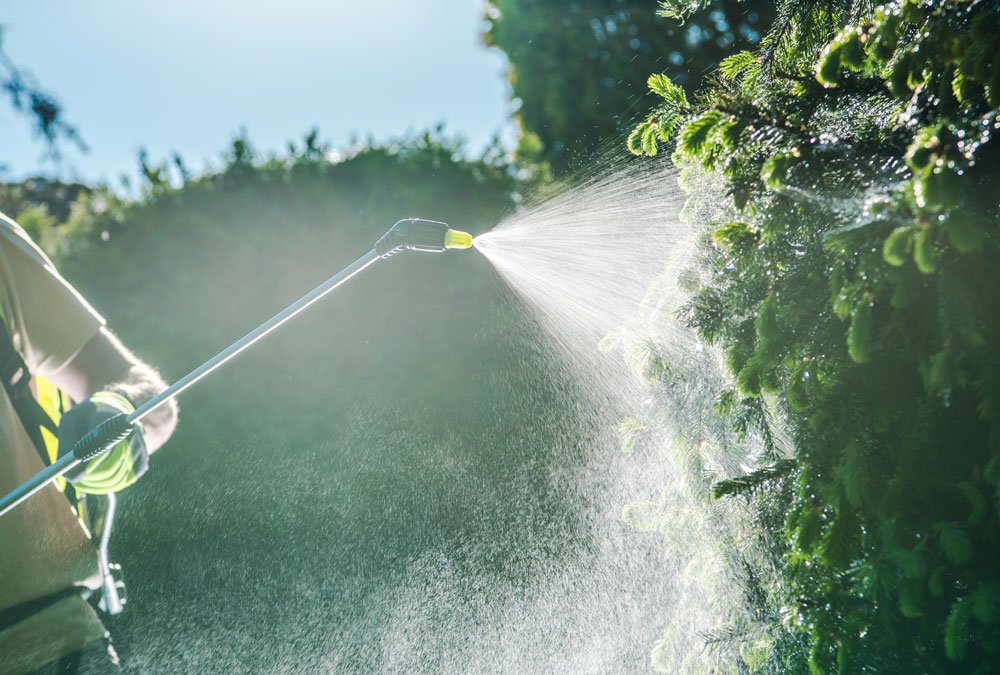
Recommended products
Boost the flowering capacity of your seedlings with weekly applications of foliar food. Foliar feeds include Wonder Shake ‘N Grow Special Fertiliser and Wondersol All Purpose. For an organic solution opt for Seagro Fish Emulsion or Wonder Kelp.
Protect your seedlings
Fungal diseases may be present in the soil. These are indicated by seedling stems that appear to be wet and brown at soil level (Pythium, Phytopthora or Fusarium). To prevent fungal diseases from destroying your seedlings, drench the soil with Efekto Virikop at a rate of 25 g in one litre of water. Apply at a rate of 1.5 litres of spray mixture per m². Damaging insects include cutworms, recognised by seedlings falling over and a clear cutting of the stem. To prevent or treat, sprinkle Efekto Cutworm Bait pellets (10 g per 10m2) between the seedlings. To control snails, scatter Efekto Snailban bait granules in and around the area where the snails are active.

The power of perennials
Perennials should form the core of your garden and are typically referred to as ‘shrubs’, although the term is true for all plants that grow for several years. As you will have them in your garden for years, it’s best to get advice from your local garden centre regarding what grows well in your area. Perennial plants may be small (violets), large (trees), flowering (roses), non-flowering (abelia), indigenous (plectranthus), exotic (hibiscus), fragrant (gardenias) and edible (granadilla). The selection of the perennials should consider all elements of your garden design, taking into consideration size, colour, form, shape and texture. Before selecting and purchasing your plants, check the final height and size that they are likely to achieve.
Remember that perennial plants will remain in your garden for many years and you’re only likely to plant them once. Make sure you give them the best possible start by preparing the soil well, and incorporate organic matter (compost) and nutrition (especially phosphates) into your soil.
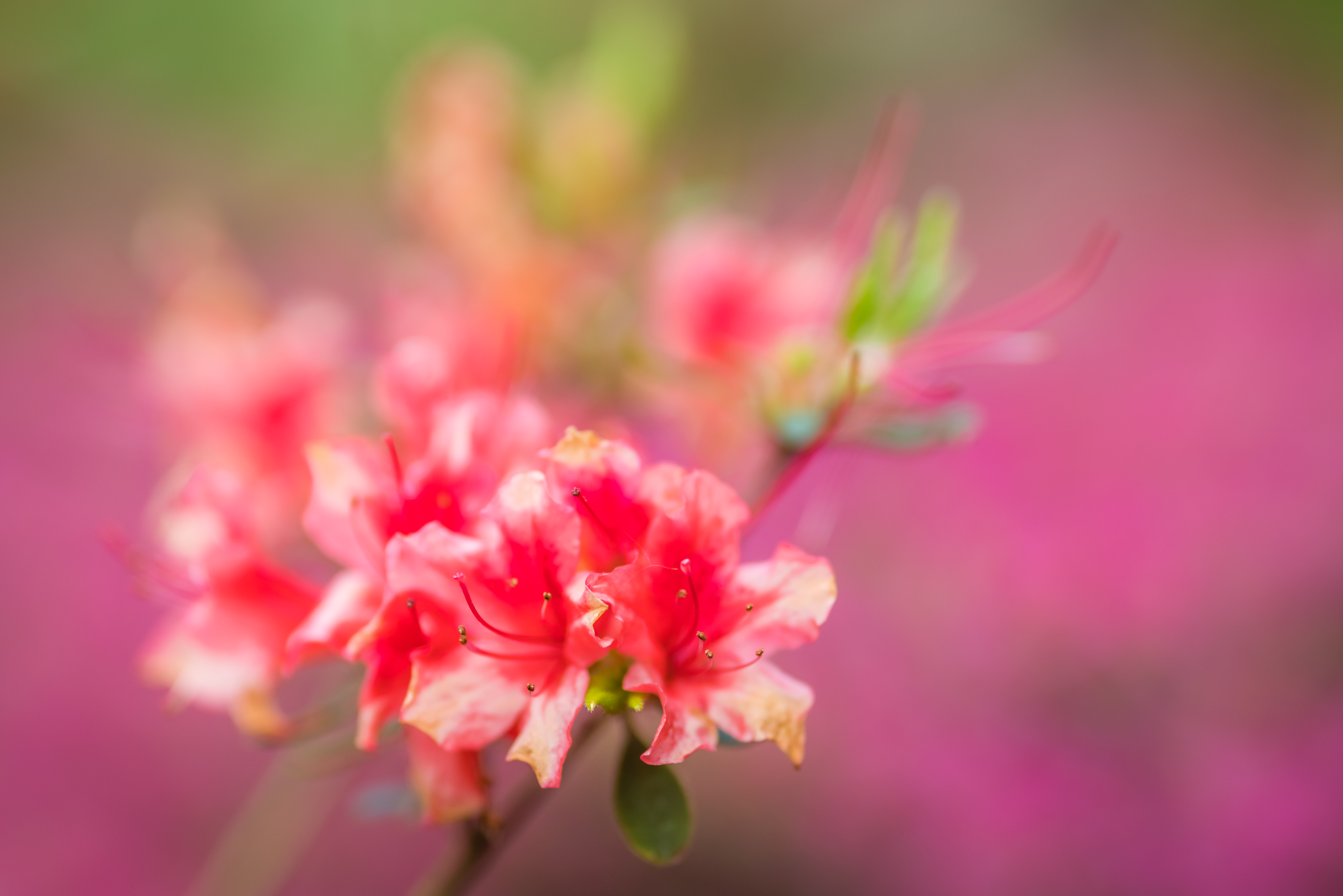
Acid-loving plants
Soils have a natural pH level and these are typically in the neutral range. There are, however, some plants that perform best in acidic soils and these include azaleas, camellias and blue-bloomed hydrangeas. Efekto has two nutritional products blended specifically for acid-loving plants – Wonder Colourburst Azalea Food and Wonder Shake ’N Grow Blue Hydrangea Plant Food – to reduce the pH levels in the soil, while releasing key nutritional elements to promote flowering. Conversely, pink-bloomed hydrangeas perform best in slightly alkaline soil. Intensify the colours of your pink hydrangeas with Wonder Shake ’N Grow Pink Hydrangea Plant Food.
Efekto has two nutritional products blended specifically for acid-loving plants – Wonder Colourburst Azalea Food and Wonder Shake ’N Grow Blue Hydrangea Plant Food – to reduce the pH levels in the soil, while releasing key nutritional elements to promote flowering. Conversely, pink-bloomed hydrangeas perform best in slightly alkaline soil. Intensify the colours of your pink hydrangeas with Wonder Shake ’N Grow Pink Hydrangea Plant Food.
Top Tip: To minimise the risk of soil-borne diseases, it’s a good idea to plant different bedding plants in a particular bed over consecutive seasons.
Credits
Referenced from Efekto , Green Fingers : Your gardening and product guide from Efekto

